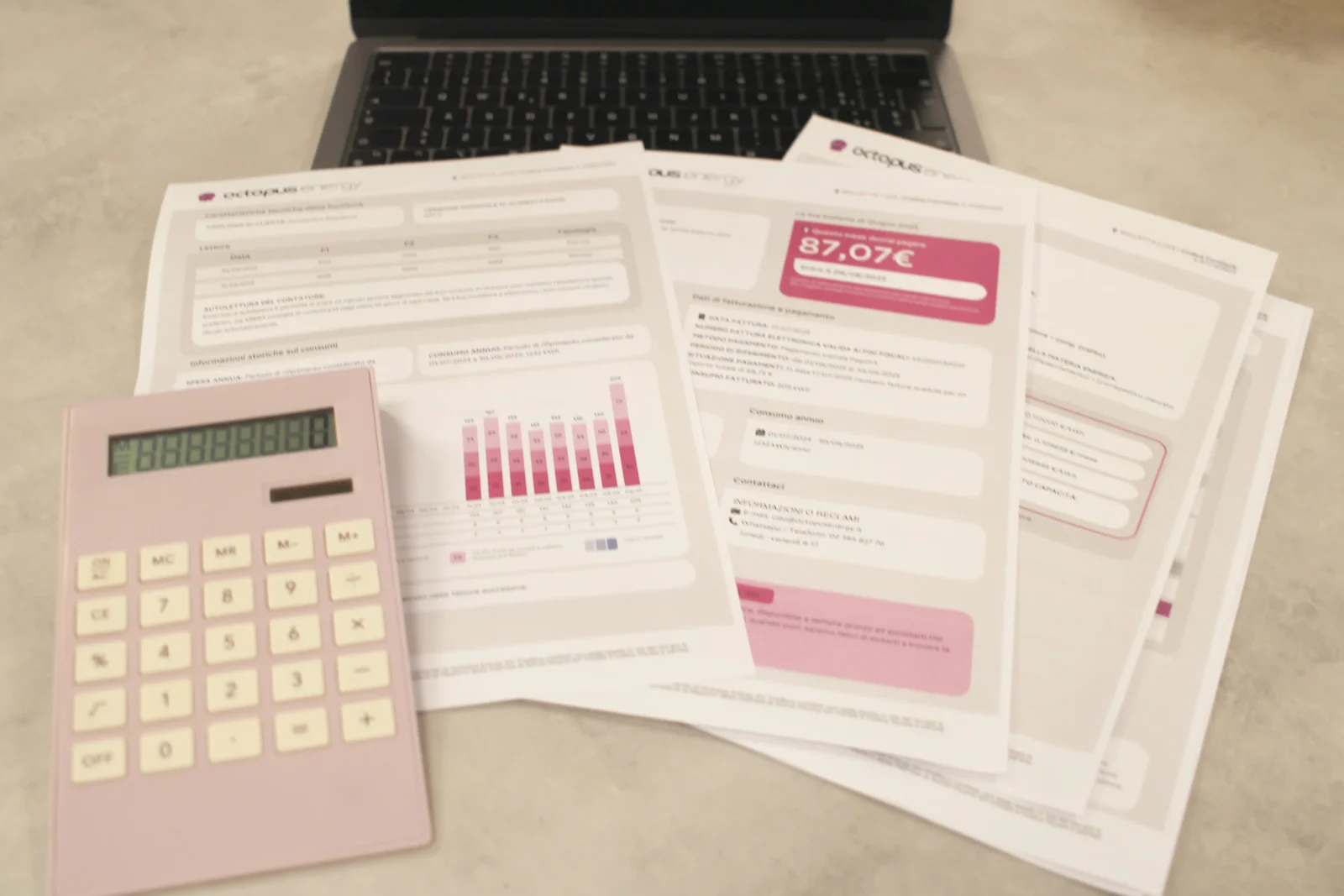- Home
- Articles
- Architectural Portfolio
- Architectral Presentation
- Inspirational Stories
- Architecture News
- Visualization
- BIM Industry
- Facade Design
- Parametric Design
- Career
- Landscape Architecture
- Construction
- Artificial Intelligence
- Sketching
- Design Softwares
- Diagrams
- Writing
- Architectural Tips
- Sustainability
- Courses
- Concept
- Technology
- History & Heritage
- Future of Architecture
- Guides & How-To
- Art & Culture
- Projects
- Interior Design
- Competitions
- Jobs
- Store
- Tools
- More
- Home
- Articles
- Architectural Portfolio
- Architectral Presentation
- Inspirational Stories
- Architecture News
- Visualization
- BIM Industry
- Facade Design
- Parametric Design
- Career
- Landscape Architecture
- Construction
- Artificial Intelligence
- Sketching
- Design Softwares
- Diagrams
- Writing
- Architectural Tips
- Sustainability
- Courses
- Concept
- Technology
- History & Heritage
- Future of Architecture
- Guides & How-To
- Art & Culture
- Projects
- Interior Design
- Competitions
- Jobs
- Store
- Tools
- More
How to Integrate Payment Systems into Online Platforms for Architects

Table of Contents
ToggleUnderstanding the Importance of Payment Integration for Architects
In today’s digital landscape, understanding the importance of payment integration is crucial for architects looking to streamline their business operations. The architect business model often involves managing complex client transactions, and having efficient payment systems in place can significantly enhance financial management.
Integrating online payments allows architects to offer a seamless experience for their clients. It enables them to accept various payment methods, making it more convenient for clients to settle invoices promptly. Firms that adopt new payment technologies can also offer installment plans and instant payment confirmations that build trust and reduce administrative overhead.
This not only improves cash flow but also fosters positive client relationships by providing a hassle-free transaction process.
Moreover, utilizing platforms like paymentgateway.me can simplify the integration of these payment systems into an architect’s existing workflows. By adopting advanced payment solutions, architects can focus more on their creative work while ensuring that financial aspects are handled efficiently and securely. In essence, effective payment integration is not just about processing transactions; it’s a vital component that supports the overall success and sustainability of an architectural practice.

Choosing the Right Payment Gateway for Your Architecture Firm
When selecting the right payment gateway for your architecture firm, it’s essential to evaluate various payment gateway options available in the market. A thorough payment processor comparison will help you identify which services align best with your business needs.
One of the key factors to consider is transaction fees, as these can vary significantly between providers. Understanding how these fees are structured whether they are flat rates or percentage-based can impact your firm’s profitability. Many firms find that diversifying payment options, including the ability to buy Litecoin with PayPal, may appeal to tech-savvy clients who prefer cryptocurrency transactions. Additionally, look into security features offered by each payment gateway. Ensuring that client data is protected through encryption and compliance with industry standards like PCI DSS is crucial for maintaining trust.
Lastly, consider how each payment gateway integrates with merchant accounts and whether it provides seamless onboarding processes. A well-chosen payment gateway not only enhances client experience but also streamlines your firm’s financial operations, allowing you to focus more on design and less on administrative tasks.
Ensuring Security and Compliance in Payment Processing
Ensuring the security and compliance of payment processing systems is crucial for businesses handling sensitive customer data. Adopting a secure and compliant payment gateway helps prevent fraud, data breaches, and ensures adherence to legal standards. Here are key factors to consider when choosing a payment solution:
PCI DSS Compliance
- Ensure that the payment processor adheres to Payment Card Industry Data Security Standards (PCI DSS) to safeguard cardholder data.
Encryption Protocols
- Look for systems using strong encryption methods to protect sensitive transaction information during transmission.
Fraud Prevention Measures
- Opt for gateways that offer real-time fraud detection tools and secure authentication mechanisms, such as 3D Secure.
Regulatory Adherence
- Verify that the payment provider complies with local and international regulations, such as GDPR for data protection in Europe.
Regular Audits
- Select a provider that undergoes regular security audits and vulnerability assessments.
By focusing on these areas, businesses can ensure a secure and compliant payment processing environment.
User Experience Considerations When Implementing Payment Systems
When implementing payment systems, user experience should be a top priority to ensure a seamless transaction process. A smoother checkout process is essential, as it can significantly reduce cart abandonment rates. Simplifying the steps required to complete a purchase and minimizing the amount of information customers need to input can enhance their overall experience.
Additionally, with an increasing number of consumers shopping via mobile devices, it is crucial to prioritize mobile-friendly payments. This means optimizing payment interfaces for smaller screens and ensuring that payment methods are easily accessible on mobile platforms. A responsive design that adapts to various screen sizes will make transactions more convenient for users on the go.
Customer support options also play a vital role in user experience during payment processing. Providing multiple channels for support such as live chat, email, and phone assistance can help address any issues or concerns customers may have in real-time. This not only builds trust but also encourages repeat business.
Lastly, implementing user feedback mechanisms allows businesses to gather valuable insights into their payment processes. Encouraging customers to share their experiences can identify pain points and areas for improvement. By actively seeking feedback and making necessary adjustments, companies can create a more user-centric payment system that fosters customer satisfaction and loyalty.

The Future of Payment Systems in Architecture: Trends and Innovations to Watch For
As the architecture industry continues to evolve, so do the payment systems that support it. The future of payment systems in architecture is being shaped by several key trends and innovations that promise to enhance efficiency, security, and client satisfaction.
One significant trend is the adoption of blockchain technology. This decentralized ledger system offers increased transparency and security for transactions, making it an attractive option for architects and clients alike. By utilizing smart contracts, payments can be automated based on project milestones, ensuring that funds are released only when specific criteria are met.
Another innovation to watch for is the integration of digital wallets and mobile payment solutions. As more clients prefer convenient payment methods, architects will need to adapt by offering options like Apple Pay or Google Wallet. These platforms not only streamline transactions but also enhance client experience by providing a seamless checkout process.
Additionally, subscription-based models are gaining traction in architectural services. This approach allows clients to pay a recurring fee for ongoing design consultations or project management services rather than a lump sum upfront. Such models can improve cash flow for firms while providing clients with continuous support throughout their projects.
Finally, advancements in artificial intelligence (AI) are set to revolutionize how payments are processed in architecture. AI can analyze data patterns to predict project costs more accurately and automate invoicing processes, reducing administrative burdens on firms.
In summary, as we look toward the future of payment systems in architecture, key trends such as blockchain technology, digital wallets, subscription models, and AI integration will play crucial roles in shaping how architects conduct business and interact with their clients. Staying informed about these developments will be essential for professionals looking to remain competitive in this rapidly changing landscape.
illustrarch is your daily dose of architecture. Leading community designed for all lovers of illustration and #drawing.
Submit your architectural projects
Follow these steps for submission your project. Submission FormLatest Posts
Evaluating Safety and Care Needs for Aging Parents
Caring for a parent involves balancing respect for independence with real-world safety....
Solutions to Keep Every Room Organized
Clutter sneaks in fast, but a calm home is built one small...
How to Read Construction Drawings: A Practical, Field-Tested Guide
How to read construction drawings: a clear, step-by-step guide to decode sheets,...
10 Best Outsourced Bookkeeping Services UK 2026
Your in-house bookkeeper costs £35,000 a year. Add software licences, training, holiday...












Leave a comment